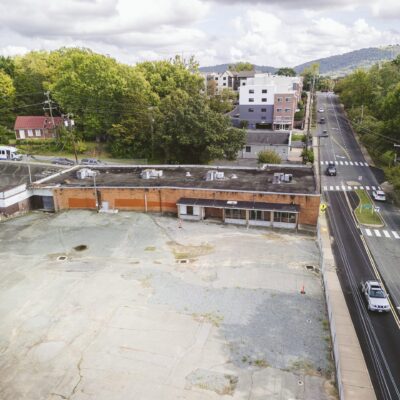Got tree questions? It turns out you can invite an expert from the state Department of Forestry over to your house for a chat, and you don’t even have to pay for it. (Or rather, you already did, by paying taxes.) We availed ourselves of this service last week and learned a lot.
Calling the DOF was prompted by the success of our goat project. The part of our property where the goats have been living really is changing from a massive tangle of invasive species to…well, it’s hard to describe in one phrase. There are some big old trees, mostly poplars. There are some scrawny little trees, including some we’d already identified (sassafras, black locust) and some we asked the DOF agent about (we have ash trees!). And there are looming piles of brush. It’s certainly no meadow, but it’s much more open than it used to be.
What can this become? we asked. Can we burn that brush safely? How can we get rid of invasives? If we do nothing else to this environment after the goat treatment, what will happen here?
There weren’t a lot of simple answers. The topic of invasives, for example, leads to the question of herbicides, which is as thorny as the greenbriar choking the paths. And the idea of changing this environment into something different than what it will become on its own—say, by planting grasses or wildflowers—requires a lot more research.
The agent guessed that our land had once been pasture, until roughly the Depression, when many farmers let their fields grow back to woods. The land’s history is written in exposed roots, the makeup of the woods, and rocks moved into piles. It’s all been profoundly influenced by humans.
Right now we’re the humans in charge, steering our little postage stamp of property toward the future. It’s a delightful task, and a big challenge to do the job well. Goats just eat; humans tend to make things a lot more complicated.



